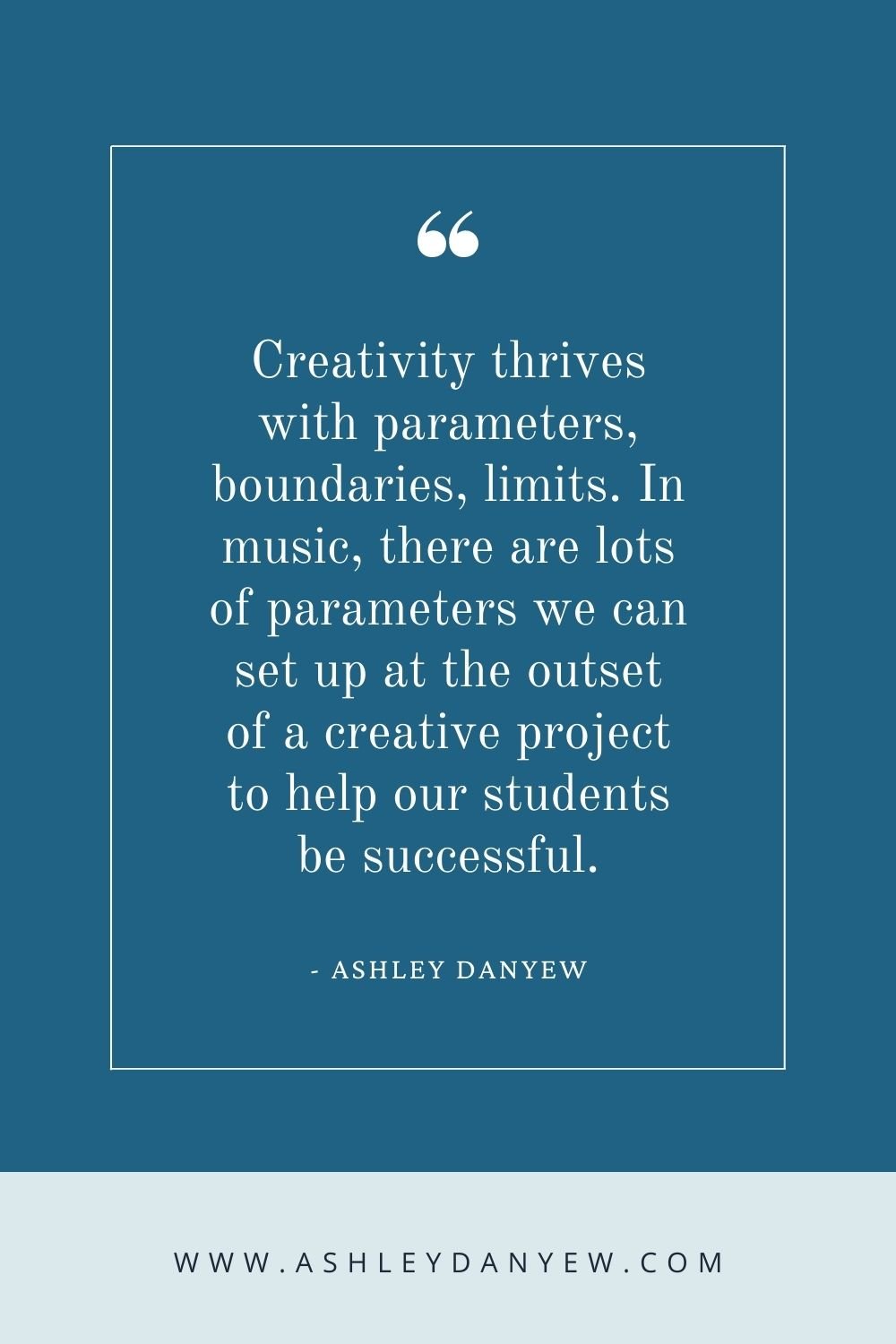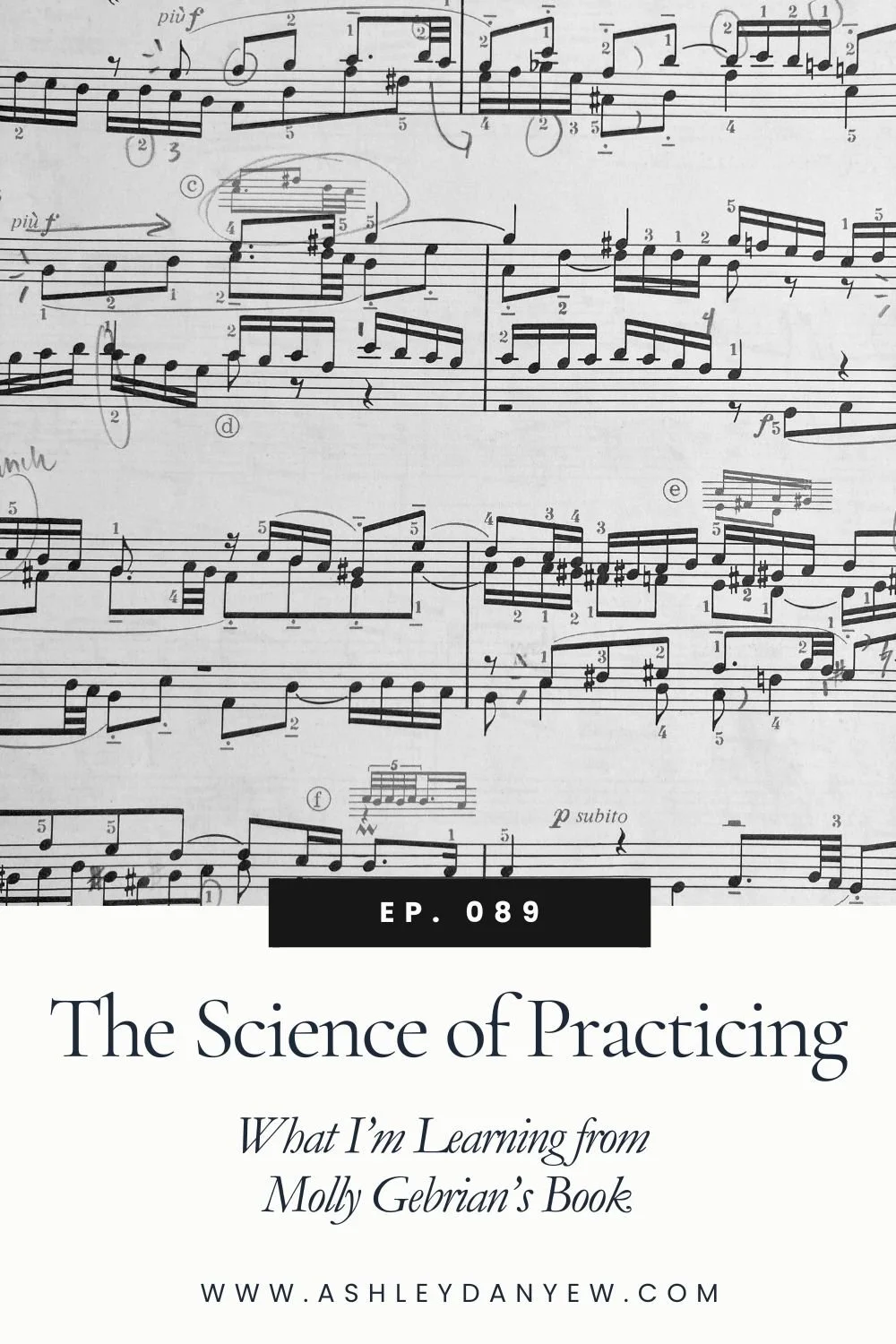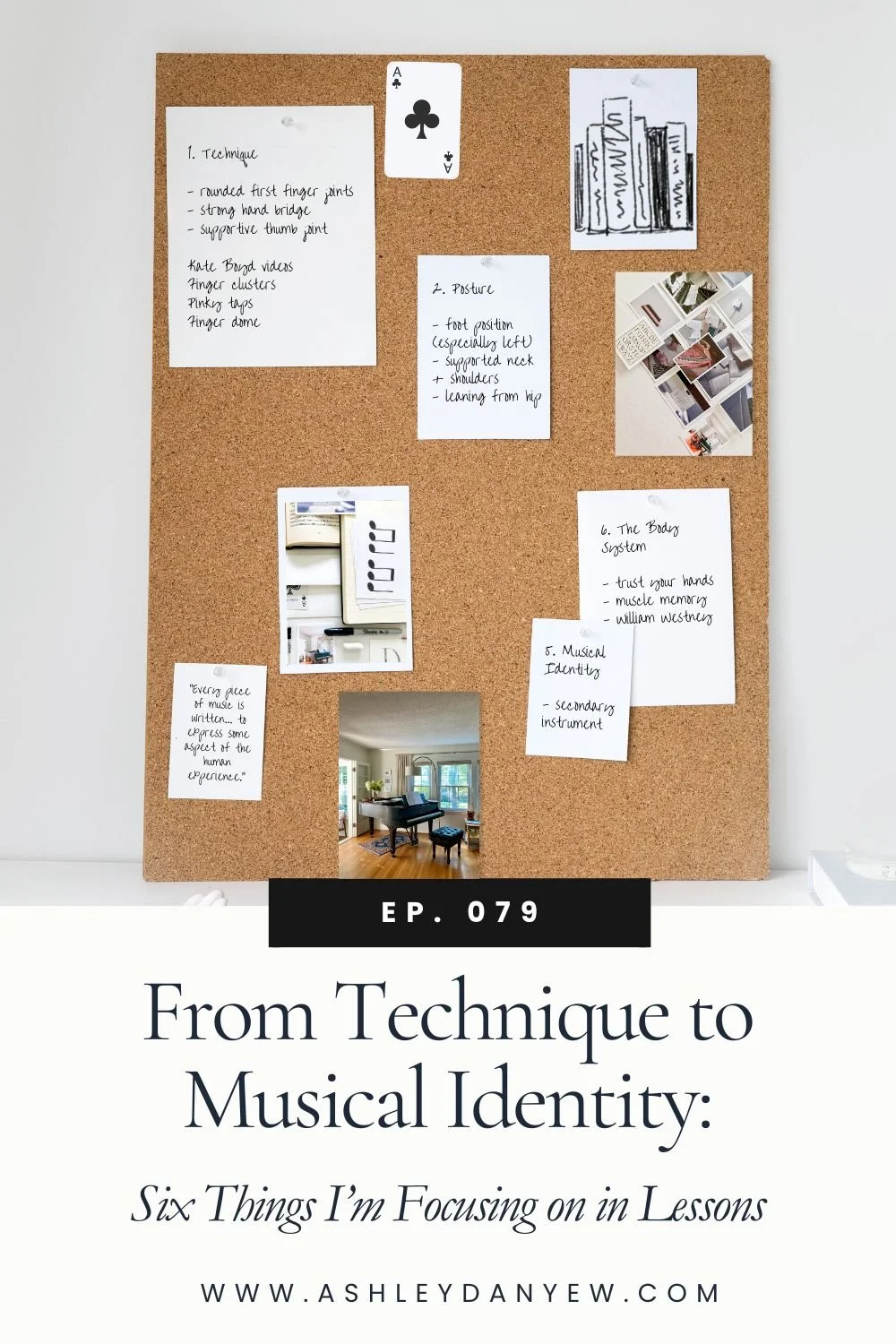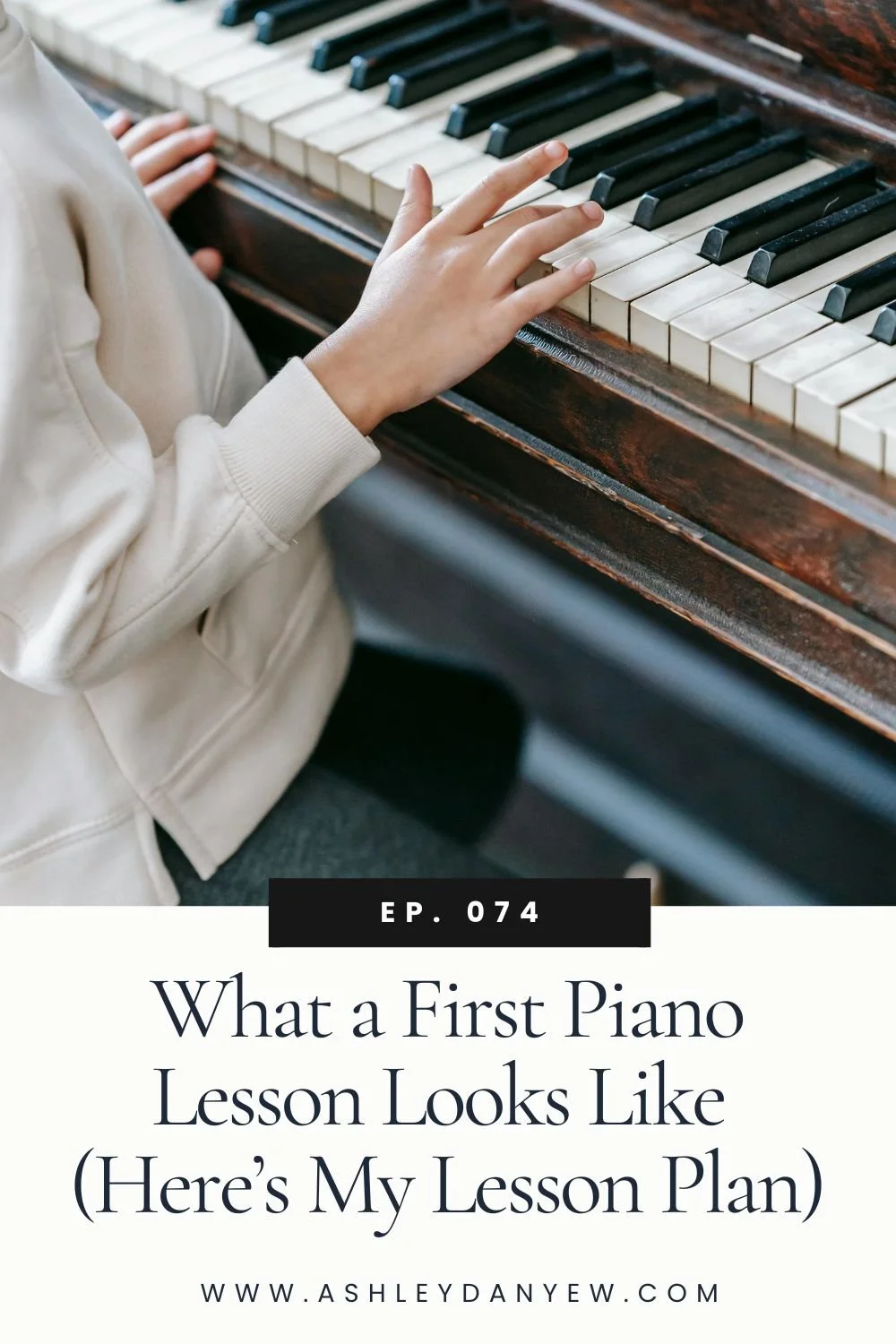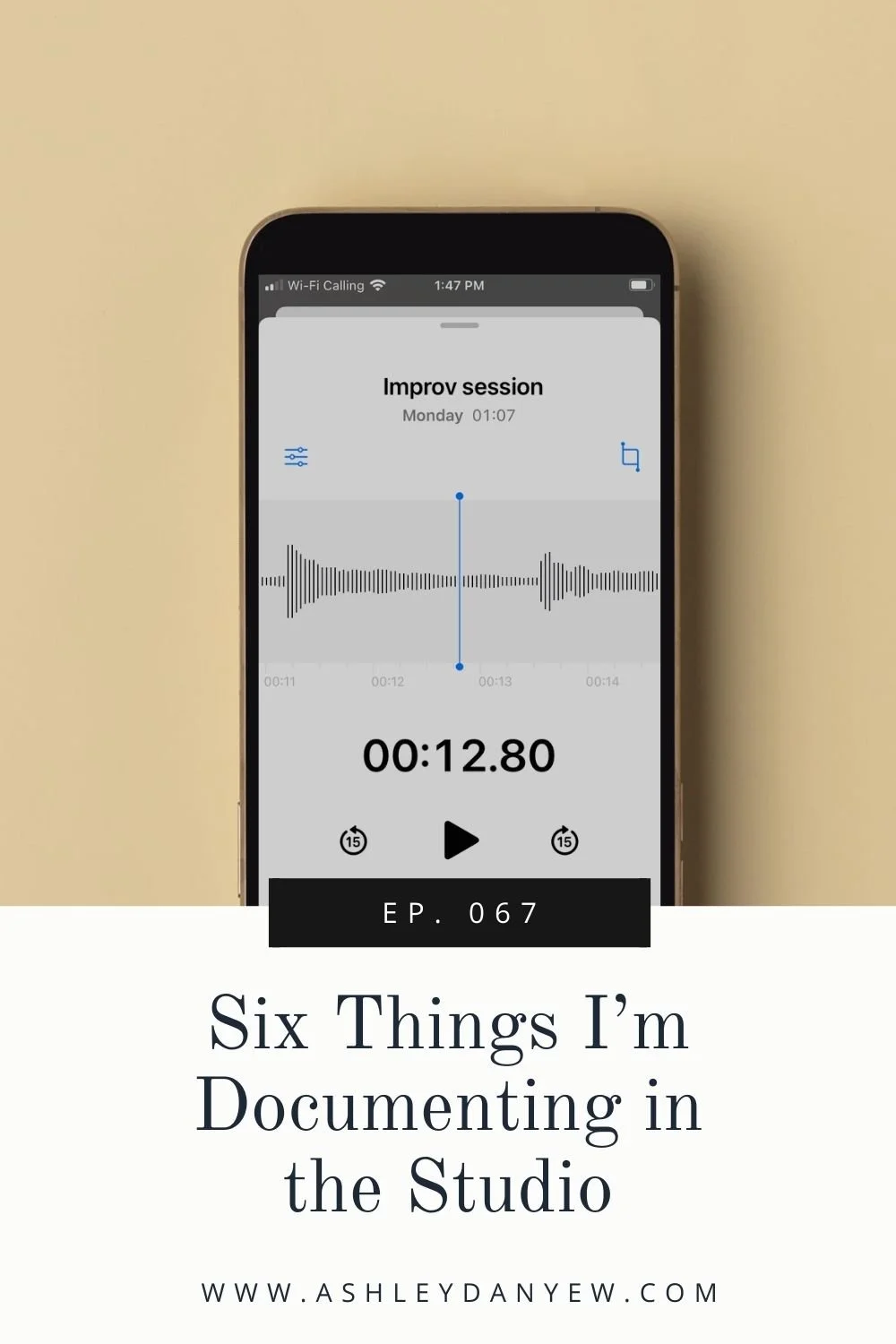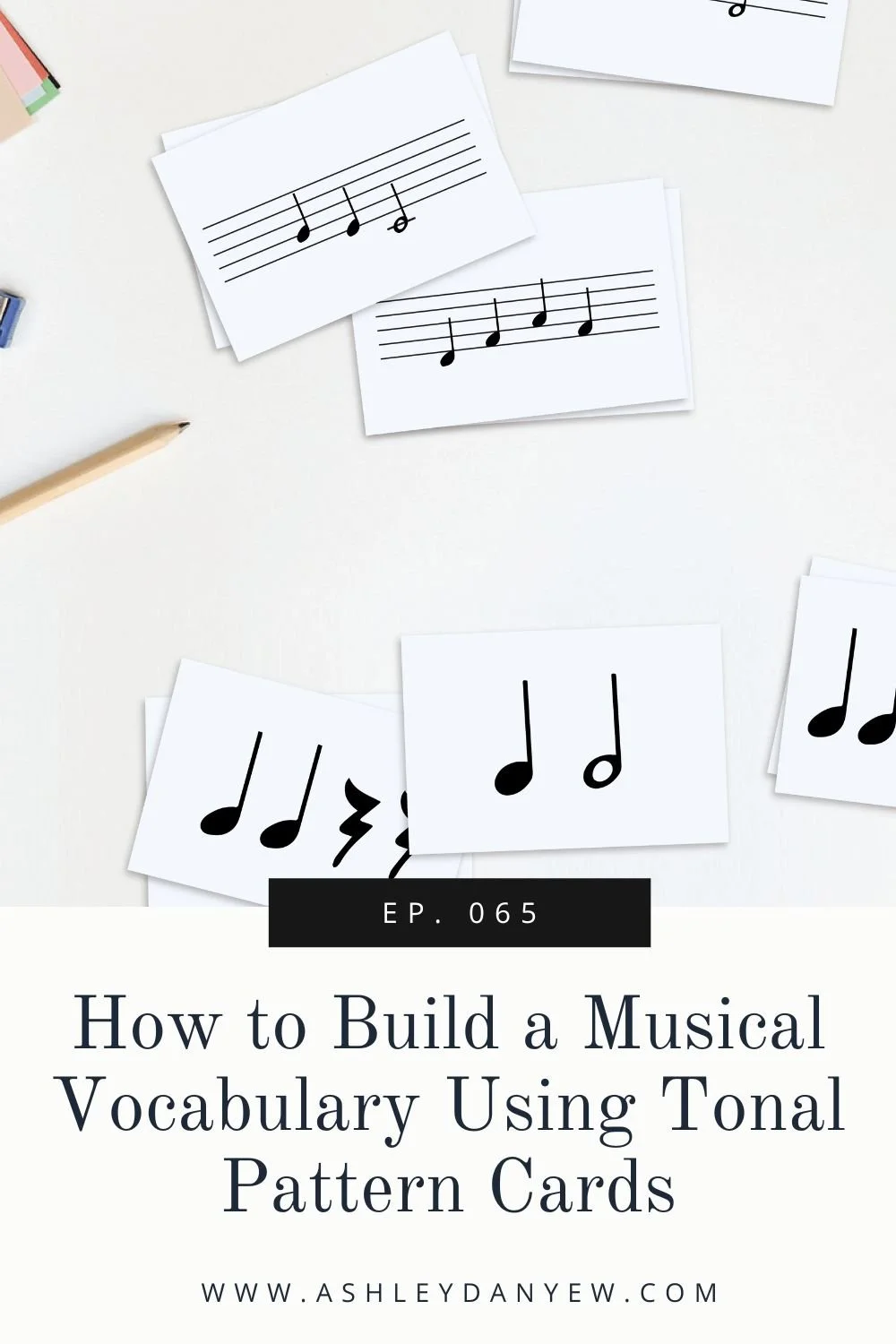Resources Mentioned
*Disclosure: I get commissions for purchases made through links in this post.
Rock Around the Block (Sam Holland, Music Tree, Part 1)
Jazz Blast (Faber, Piano Adventures, Level 2A)
Captain Hook's Rockin' Party (Faber, Piano Adventures, Level 2B)
Black Bear Boogie (Chee-Hwa Tan, Circus Sonatinas)
Slide Easy (Robert Vandall, Celebrated Jazzy Solos, Book 1)
Surfboard Boogie (Martha Mier, Jazz, Rags, and Blues, Book 1)
Spiderman Theme (old-school theme song)
Stuck in the Middle With You (Stealers Wheel)
Hound Dog (Elvis)
Be Cool and Play the Blues by Leila Viss (digital resource)
Do you incorporate composition into your teaching?
If you didn't grow up improvising or composing, you may feel intimidated by the prospect of nurturing these skills in your students. But it's never too late to stretch those creative muscles!
I think a lot of our insecurity about composing with our students comes from our own unfamiliarity with the process.
The truth is, creativity thrives with parameters, boundaries, limits. In music, there are lots of parameters we can set up at the outset of a creative project to help our students be successful.
For instance, when I'm improvising with my young students, I might ask them to play in a certain register or use only black keys. I may ask for a specific dynamic level or rhythm pattern.
For elementary students, I will ask for a specific 5-finger position or key. I might ask for a piece that uses only steps or only skips, a piece in major or minor, something made of blocked chords or broken chord patterns. I might also limit the length of the piece they're creating to a certain number of patterns or phrases.
Another way to provide some parameters is to use a particular musical form. In February of this year, I organized a month-long, studio-wide composition project based on the 12-bar blues.
This form dates back to the 1800s, emerging from the oppression of enslaved African-Americans in the U.S. It's based on the three primary chords: I, IV, and V and lends itself well to repeats or loops and different variations.
I got the idea for this project from a session I attended at NCKP last summer, led by Leila Viss and Bradley Sowash. Leila shared how she's structured a blues composition project for her students and I thought it would be a good way to acknowledge and celebrate Black History Month and incorporate composition for my elementary and intermediate students.
Leila also has a podcast episode on blues composition.
Today, I'm sharing a behind-the-scenes look at how I organized this project in my studio, how I structured and guided the composition process each week, some blues examples we studied from the repertoire, and a few of my students' final compositions.
How I Organized a Blues Composition Project in My Studio
To begin this project, I outlined a 4-week step-by-step sequence in a note on my phone. I thought if we started it at the beginning of February, we could get through the first three weeks before February Recess, which would be a good pausing point.
Week 1
Discuss blues history
Memorize progression in designated key:
I I I I
IV IV I I
V IV I V/I
Choose a theme (crayon names, paint chips, Decide Now app)
Determine rhythm of words
Explore rhythm on 1-2-flat 3-3-5. Transpose to IV and V in given key.
In week 1, we discussed blues history and memorized the blues progression in each student's designated key. I assigned my students keys based on their level. Level 2 students composed in G, Level 3 students composed in F, and my intermediate students composed in B-flat, a traditional blues key.
With my older students, we discussed the notes of the blues scale. For my elementary students, we talked about a blues note in their 5-finger scale. Then, I gave them an opportunity to improvise using those notes. Here's an example of one student's improvisation in a Zoom lesson.
Step 3 was to choose a theme or inspiration of some kind. I brought in some paint chips and a box of crayons for those looking for color inspiration and several of my students ended up choosing names like "Mermaid's Song," "Icy Blue," and "Out of the Blue" based on this.
We determined the different rhythm patterns that could come from those names and then explored some melody patterns using 1-2-flat 3-3-5 in their designated key.
Their assignment that week was to continue experimenting with melody patterns in I, IV, and V 5-finger positions.
Week 2
Choose a LH pattern. Try singing melody + playing LH.
In week 2, we reviewed their ideas for melody patterns and practiced transposing them to IV and V. Then, we talked about LH accompaniment patterns.
I gave them a few choices based on their level and accompaniment styles they've experienced in their repertoire pieces.
Blues Examples from the Piano Teaching Repertoire
Here are a few examples we referenced from the repertoire:
Rock Around the Block (Sam Holland, Music Tree, Part 1)
Jazz Blast (Faber, Piano Adventures, Level 2A)
Captain Hook's Rockin' Party (Faber, Piano Adventures, Level 2B)
Black Bear Boogie (Chee-Hwa Tan, Circus Sonatinas)
Slide Easy (Robert Vandall, Celebrated Jazzy Solos, Book 1)
Surfboard Boogie (Martha Mier, Jazz, Rags, and Blues, Book 1)
Spiderman Theme (old-school theme song)
A few other popular pieces that use this progression that might be fun to listen to when introducing this form include:
Stuck in the Middle With You (Stealers Wheel)
Hound Dog (Elvis)
Blues Accompaniment Patterns
Okay, back to accompaniment patterns.
For beginning students, you could create a harmonic accompaniment to go with their melody patterns and turn the piece into a teacher/student duet.
For Level 1 students, a single-note bass line or simple open 5th for each chord works well.
For Level 2 students, a boogie bass (alternating 5ths and 6ths) is fun and not too challenging.
For Level 3 students, a walking bass boogie (root, 3rd, 5th, 6th) offers a little more of a challenge.
For intermediate students, a walking bass boogie with the addition of b7 adds more harmonic interest.
Rhythmically, I gave them options of quarter-note steady beat, straight eighths, swing, or double swing. You'll hear some of all of these styles in the examples I'll share in a minute.
Week 3
Add bookends (4-bar intro, 4-bar outro)
Reuse material from melody (try different octaves)
Intro ends on dominant
Outro ends on tonic
In Week 3, we talked about adding intros and outros: 4 bars of music to introduce the 12-bar sequence, and 4 bars of music to conclude the piece.
We talked about reusing material from the melody and trying different octaves for variety. The intro should end on the dominant (either a single note or chord) and the outro should end on tonic.
Week 4
Create duet/ensemble
Bass line (with rhythm), boogie bass, melody
Record
In Week 4, you can talk about how to expand the composition into a duet or ensemble piece. This would be great for group classes: have one student play the bass line (with rhythm), another student play a boogie bass accompaniment of some kind, and a third student play the melody.
One of my students said he wants to keep working on his composition and expand it into piano 4-hand with percussion because his older brother plays the piano and his best friend is "really good at drums." He said, "I'll probably be working on it for a whole year!"
We talked about how to expand the RH part on the treble side of the piano (perhaps double the melody in an upper octave) and expand the LH part on the bass side of the piano (perhaps playing the boogie pattern with RH and a bass line with rhythm with LH).
For most of my students, though, we used Week 4 to make informal recordings.
Student Examples - Blues Compositions
I have six student examples to share with you today.
The first was written by a 4th grader. It's called, "Darkness Rising." You'll hear an example of melodic variation, looping (or a second time through the 12-bar sequence), a boogie bass accompaniment with 5ths, 6ths, and 7ths, and unique intro and outro material.
The second example, "Mermaid Song Blues" was written by a 6th grader. You'll hear melodic variation, register shifts, a boogie bass and a "splash" at the end similar to the ending of William Gillock's "Song of the Mermaid."
"Boulevard Blues" was written by a 9th grader. You'll hear a conversational style between the hands, an improvised sound using the blues scale (based on the student's experience in jazz band at school this year), and the use of space.
"Out of the Blue Blues" was composed by an 8th grader. You'll hear a melody pattern based on the title "Out of the Blue Blues," a syncopated blocked accompaniment, and melodic variation.
"Cable Nelson Blues" was written by a 6th grader and named after the student's piano. You'll hear a conversational style, the use of space, melodic variation, a comparison of swung eighths vs. straight eighths in the outro, and a blocked 5th-6th-7th accompaniment
The final example I want to share with you is called "Icy Blues," written by an 11th grader. You'll hear rhythm based on color inspiration, some chordal texture, and a walking boogie bass.
Three Things I Learned From This Project
This was the first time I've ever organized a studio-wide composition project and there were a few things I learned or that I'd do differently next time.
Every composition was different.
I was pleasantly surprised at how different each student's composition ended up being. I have several students right around the same level and composing with the same chord progression, in the same key, with some of the same accompaniment choices, I thought they might end up being more similar to each other. It just goes to show you how much you can do with simple musical building blocks!
Four weeks was not quite enough time.
For several students, this project took longer than four weeks. We had a snow day in there that set us back a week, some students were involved in the middle school play and missed a lesson or two, and some just needed a little more time sorting out their melody patterns or LH accompaniment.
It’s important to have a completion goal.
It was important to me to get an informal audio recording of each piece as a way of documenting the project and also providing the student with a completion goal, though this did add a little extra pressure for some students to have their pieces polished and performance-ready.
I chose to not have students notate their compositions this time because I thought that might hinder the creative process (for some students, it can be daunting to improvise if they know they have to be able to write down their ideas). Plus, notating the compositions would have added several additional weeks to the project, which I thought might be challenging with school breaks.
Summary
All in all, I was really pleased with how this project turned out and how much my students seemed to enjoy the process. Some of them have chosen to play their blues compositions as recital pieces at the end of the school year, some have plans to continue developing their ideas and creating new variations and loops, and I just think it's such a great opportunity for students to express themselves creatively at the piano.
I hope this episode inspires you to incorporate a creative project like this into your music teaching in the future!
I’d love to hear from you.
How do you teach music composition to your students?



